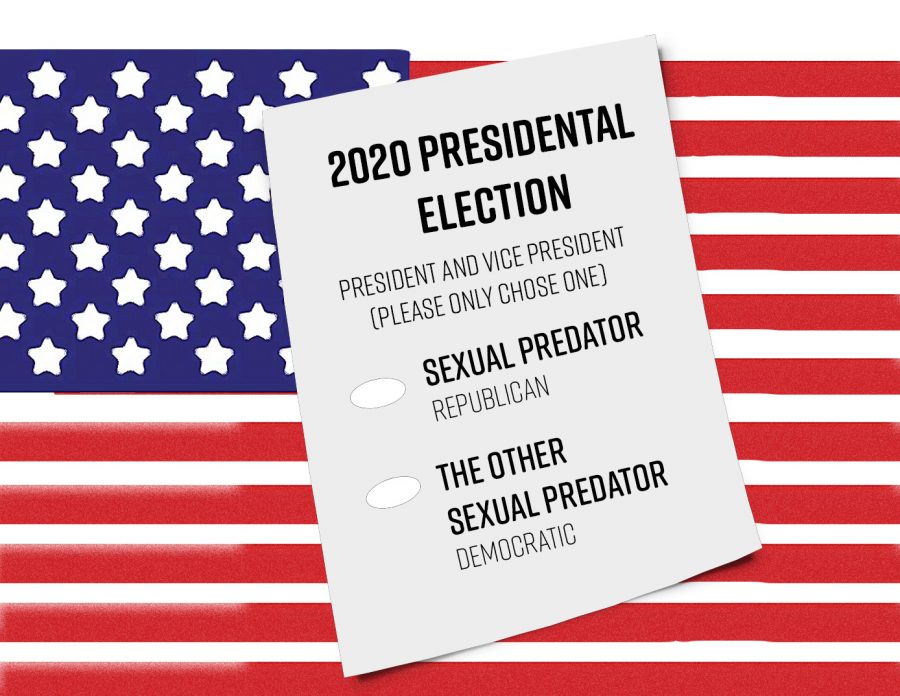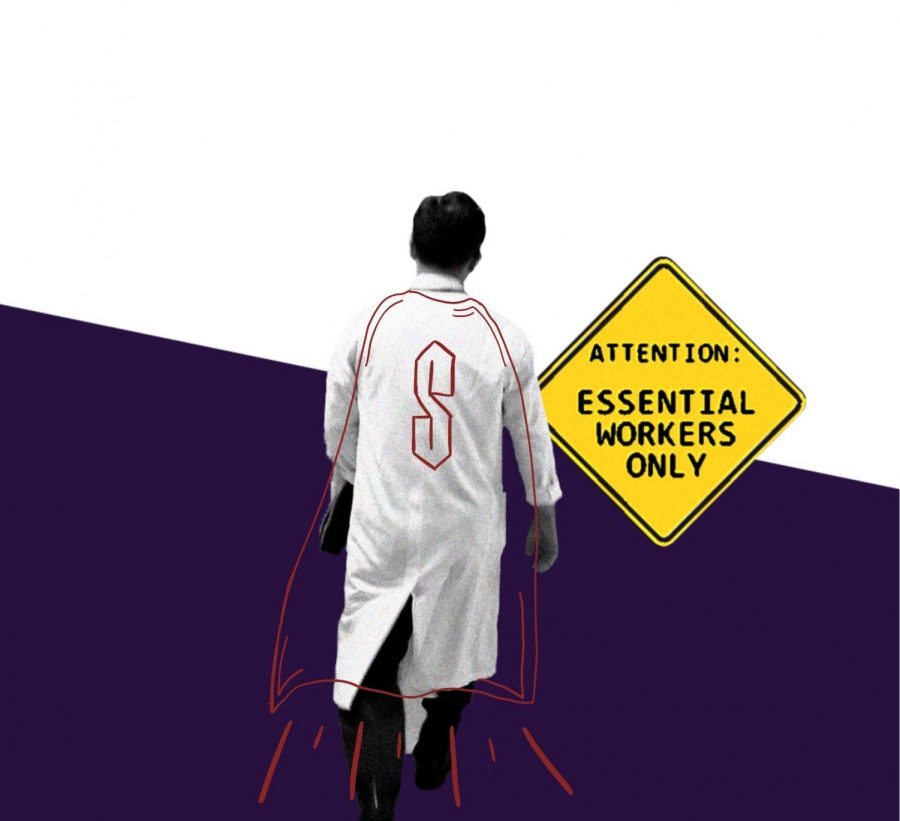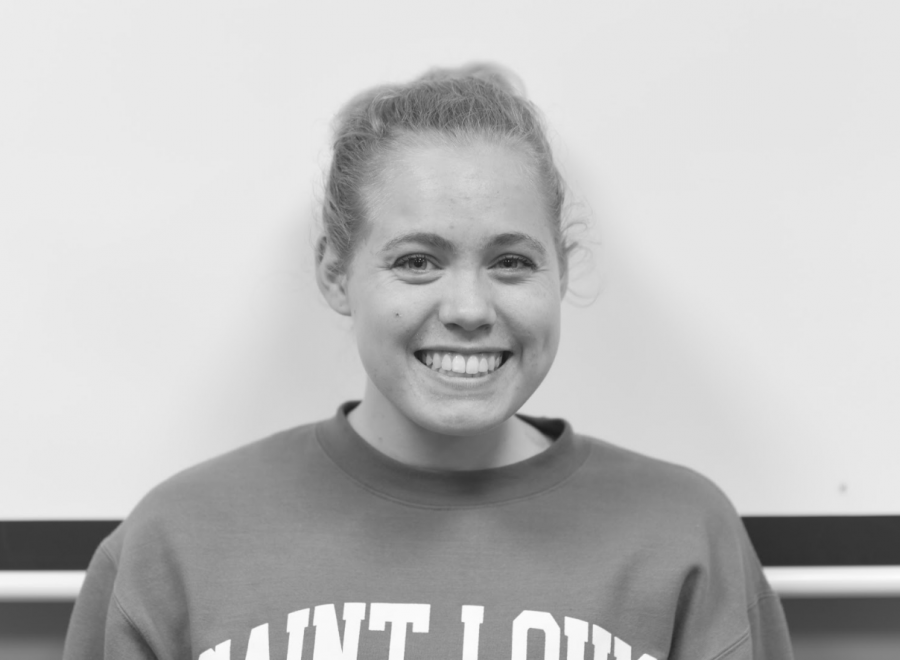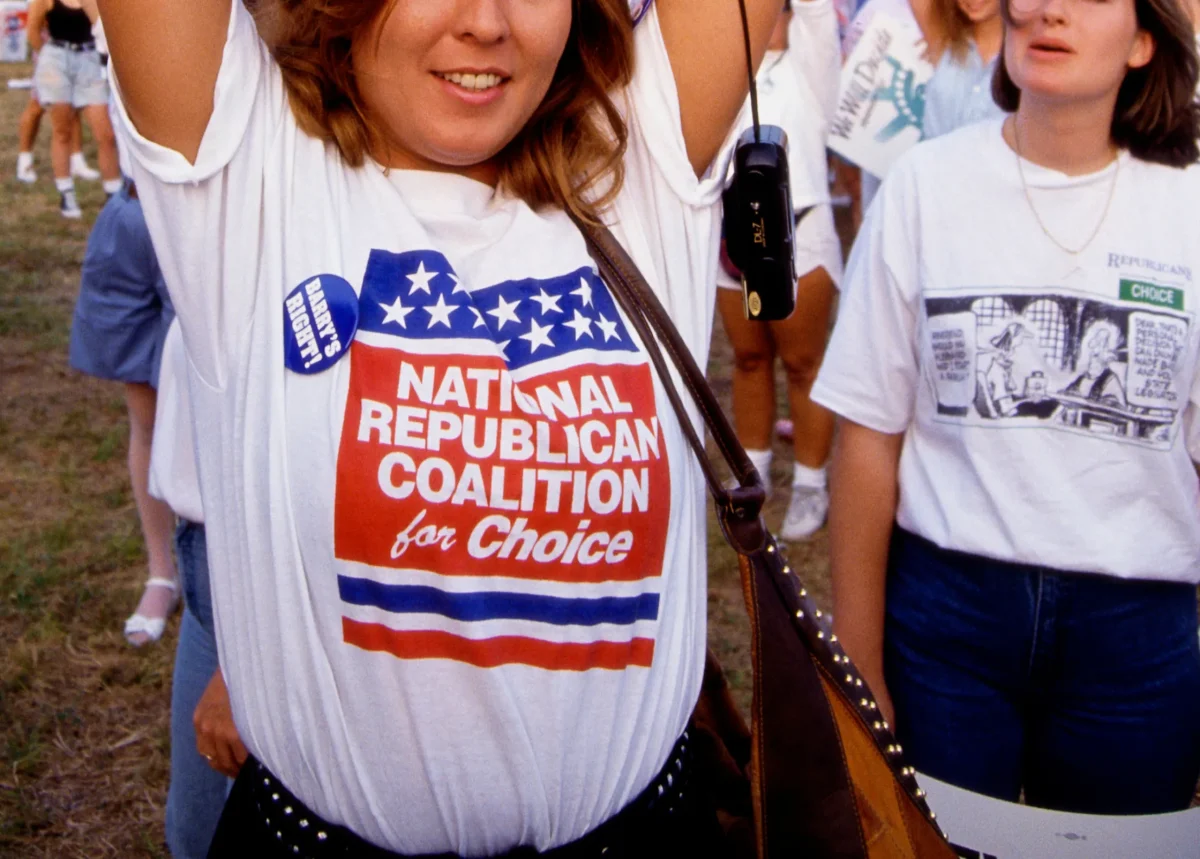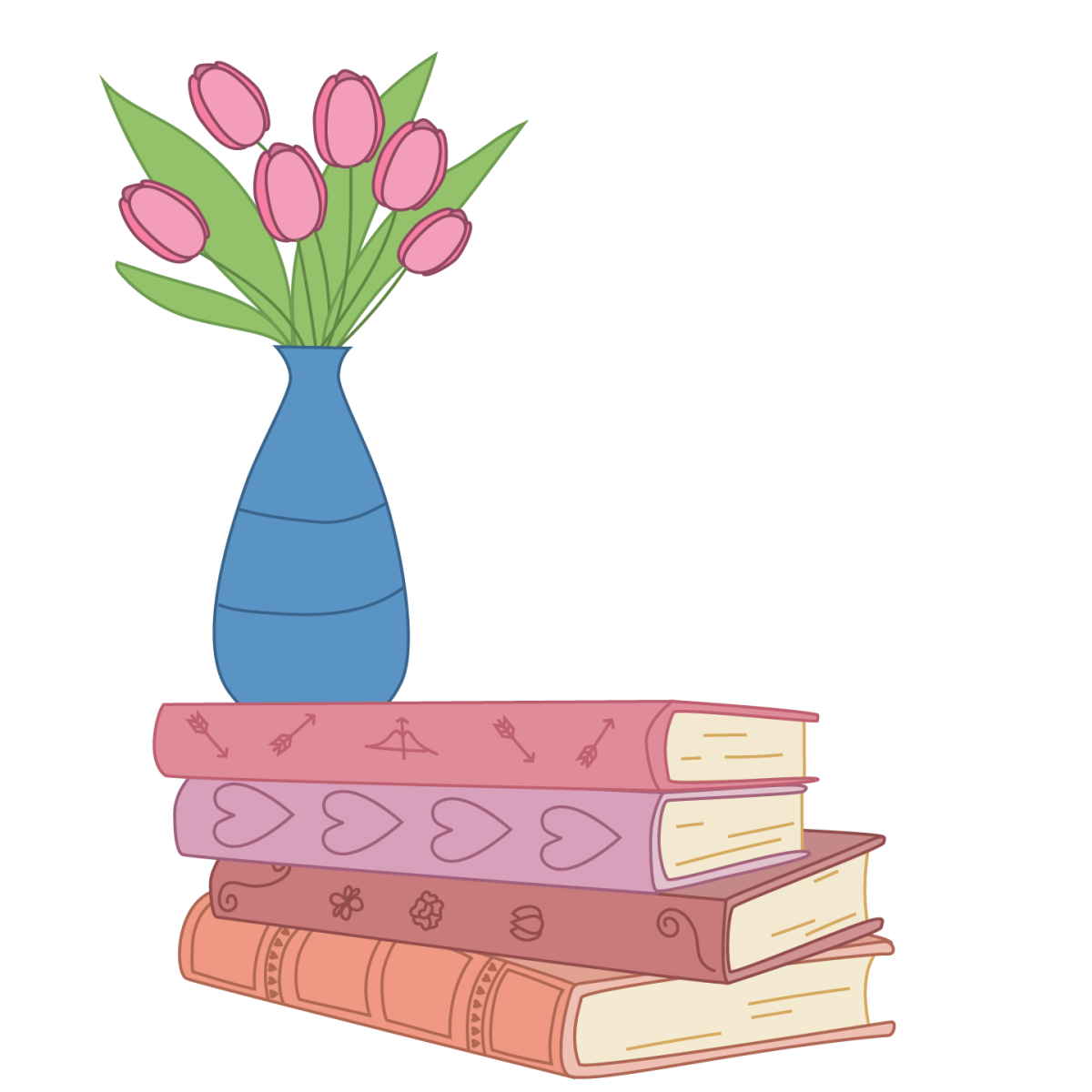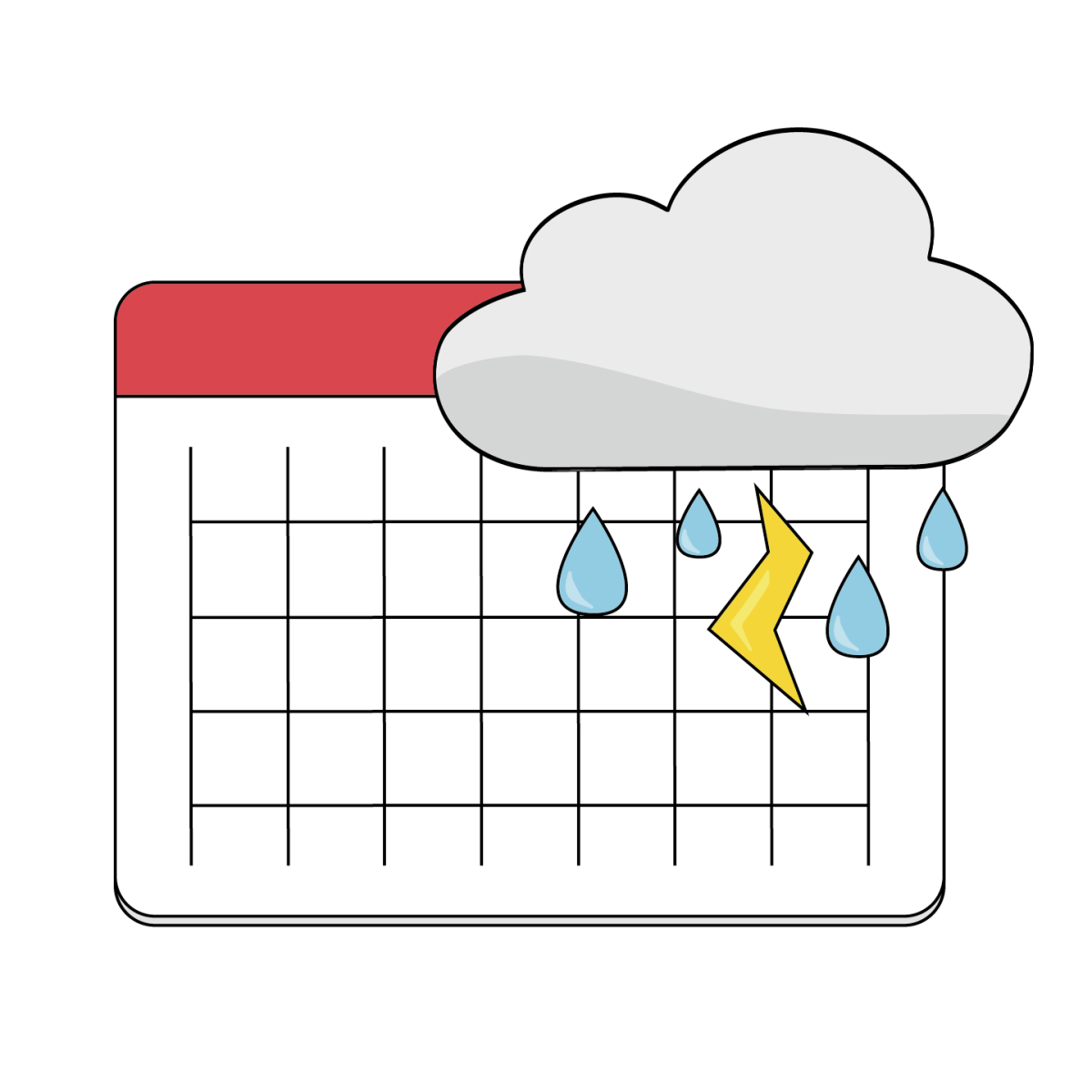Over the past several weeks at SLU, two things have loomed large in the psyches of our students and faculty alike: midterm exams and World Series baseball! Although these activities – both “Fall Classics” of a sort – have consumed the better part of our collective mental resources, it seems unlikely that many of us ever paused to wonder how they might be connected together. After all, we associate baseball with escapism, not intellectual rigor. Baseball is America’s great “pastime,” not “study-time.” Why should we think otherwise? Here are at least three reasons why baseball and our learning experiences might be seen to go hand-in-hand. All three, however, require that we challenge our more traditional views of knowledge and learning, and take them “out with the crowds.”
First, there is the general issue of intellectual development – that is, the big question of what our learning is all about. George Herbert Mead, the American pragmatist philosopher, is famous for having used the metaphor of playing baseball to capture part of this development. For Mead, the growth of knowledge involved the coordination of multiple perspectives on reality, or “seeing” the way things are from many different points-of-view. Knowledge development, then, is akin to assuming different positions, or “roles” as Mead described, and coming to understand how they are each connected. Mead explained that baseball, insofar as a player must understand not only his or her limited role on the field but that of all the others as well, is essentially the same process. Baseball is a nuanced sport, with many position changes and player adjustments that often go unseen by the untrained observer. Knowledge, or at least the expert forms of knowledge that emerge from careful study and appreciation of a topic from many angles, is similarly nuanced and often lost to individuals who seek only one “right” answer, or perhaps swing only to hit a home run on their exams.
Second, and related to the many adjustments that make knowing and learning such rich processes, is the notion of situational learning, or how we come to apply and adjust our knowledge to meet real-life demands. Situated forms of knowing and learning stand in contrast to more abstract, or “theoretical” ways of understanding, or so-called “book smarts,” that remain unbending in response to novel circumstances or rapidly changing contexts. Situational knowledge is flexible and highly adaptable to the pressures of real life. In this way, situational learning is very much like situational baseball. The game of baseball is sometimes criticized for being too slow or too drawn out. In our fast-paced world, baseball seems to run counter to a culture that resonates more with run-and-gun sports like basketball (a sport that now even uses a shot-clock to speed up play). But this attitude, again, is largely the result of failing to understand the nuances and complexities of baseball. The finer points of the game require play-by-play adjustments, which can be the difference in winning or losing a game, and maybe even a World Series championship. Good situational baseball results in runners advancing bases or even scoring because of where the ball was hit into play. Or, in a defensive situation, players in the field must understand their individual responsibilities on a bunt or cut-off play. Like situational baseball, students must also learn how to apply principles they are learning in a classroom environment to new situations outside the classroom. In these novel circumstances, or what we might call “game time,” students must situate their knowledge in response to the activities that are taking place and adjust to “make the play.”
Third, and finally, baseball is best experienced live, as an outdoor activity. It may be watched on television or listened to on the radio, but almost everyone agrees that the game is best “in situ.” As Walt Whitman, one of America’s great poets, is credited with saying: “I see great things in baseball. It will take people out-of-doors, fill them with oxygen, [and] give them a larger physical stoicism.” While some may be skeptical that watching baseball at Busch Stadium (especially with peanuts and beer in hand) will make us all heartier people, the opportunity to experience a live baseball game opens all of us to the richness of the sport. In much the same way, students’ learning experiences stand only to be further enriched if we take them outside the classroom and into the real world. Many faculty and students at SLU engage in service learning for this very reason. Service learning is a teaching and learning strategy that integrates meaningful community service with instruction and reflection to enrich the learning experience while fostering a consciousness of social justice. The use of service learning, because it takes “people out-of-doors” as Whitman would say, adds to the context of a course with an additional physical space to learn, as well as providing the reflective space for students to understand course content in new ways. This is because service learning at its best, much like baseball, challenges learners – both students and instructors alike – to adjust their understanding to real-life dilemmas, to the circumstances or demands on the field. The Center for Service and Community Engagement at SLU supports service-learning efforts that occur in spaces and places all around region, and all of them are “live.”
Not many professors have begun a class by announcing, “Play ball!” Nor, we suspect, have students ever stood up during their classroom break to stretch and sing “Take me out to the ball game, take me out with the crowds.” But just imagine the kind of wisdom we would all share if these things were to happen. Our knowledge and learning would not be confined to traditional classroom spaces or traditional teaching practices. Instead, our knowledge would be situated. Our learning would be “out with the crowds.” And we would all be rounding the bases with a Grand Slam.
Now, about that Rally Squirrel…
Dr. Bryan Sokol and Dr. Leah Sweetman are part of the team at SLU’s Center for Service and Community Engagement, and they are also instructors at the university. From time to time, they also enjoy baseball.


